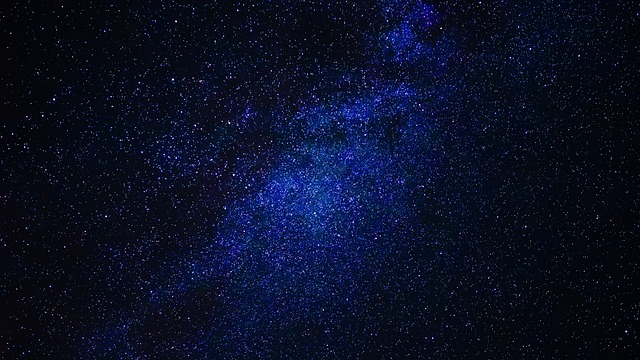Mastering Light: Astrophotography Tips to Elevate Your Camera Skills
For many, the night sky is a canvas painted with a billion stars, each twinkling light telling a story of its own. Astrophotography, the art and science of capturing these celestial wonders, allows photographers to not only observe but to immortalize the beauty of the cosmos through their lenses. If you’re ready to deepen your understanding of light and elevate your camera skills, the following tips are tailored to help you conquer the celestial spotlight.
Understanding the Fundamentals of Light
At the heart of photography, and especially in astrophotography, is the concept of light. Light not only illuminates your subjects but also defines the moods and atmospheres of your images. When capturing the night sky, it’s essential to recognize that the quality, direction, and intensity of light present unique challenges and opportunities. Understanding these fundamentals will serve as the foundation for any successful astrophotography endeavor.
Choose the Right Camera and Optics
Your choice of camera can significantly impact the results of your astrophotography. DSLR and mirrorless cameras are excellent choices due to their versatility and ability to perform well in low light conditions. Pairing your camera with a suitable lens is equally crucial; a wide-angle lens with a large aperture (f/2.8 or lower) allows you to capture expansive areas of the sky while maximizing the light that reaches the sensor.
Experiment with Exposure Settings
Learning how to manipulate exposure settings is pivotal in astrophotography. The exposure triangle—Shutter Speed, Aperture, and ISO—forms the backbone of your photographic technique in low-light conditions. Start with a higher ISO (around 1600 to 3200) to capture fainter stars, but be cautious of noise. A longer shutter speed (20-30 seconds) will let in more light, but be aware of star trails. Use a tripod to stabilize your camera for those longer exposures. Balancing these elements requires practice and experimentation, but it is essential in mastering light.
Utilize the Magic of Post-Processing
Once you’ve captured your images, the next step lies in post-processing. This stage allows you to enhance the natural beauty of your astrophotographs further. Software like Adobe Lightroom or Photoshop can help adjust brightness, contrast, and color balance. Noise reduction tools are particularly beneficial for maintaining image clarity without losing the wonder of your night sky captures. Spending time in this realm can transform even a standard photo into a breathtaking view of the galaxy.
Find the Perfect Location
Light pollution is the enemy of any aspiring astrophotographer. Seek out dark sky locations far from city lights, where stars can be seen in all their glory. National parks or designated dark sky reserves offer spectacular views and unparalleled opportunities to capture the celestial beauty. The right environment not only enhances your photographs but also immerses you in the mesmerizing expanse of the universe, igniting your passion for astrophotography.
Practice Patience and Persistence
Finally, mastering astrophotography is a journey that requires patience and persistence. The night sky is constantly changing, and being prepared can mean the difference between a spectacular shot and an average one. Attend to the weather, moon phases, and celestial events such as meteor showers or star clusters. Dedicate time to practice and refine your technique; with each try, you’ll grow closer to capturing the ethereal beauty of the cosmos.
Astrophotography is an exciting fusion of art and science, where every shot taken beneath the stars brings both challenges and rewards. With the right understanding of light, technique, and a dash of creativity, you can turn your camera into a powerful tool for capturing the wonders of the universe.




